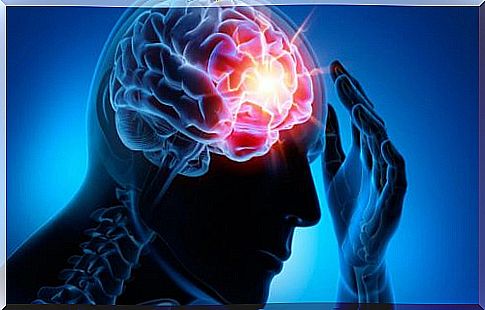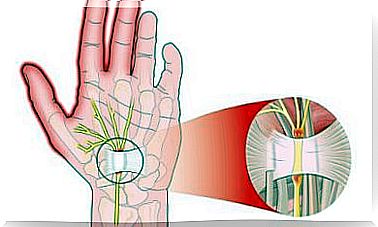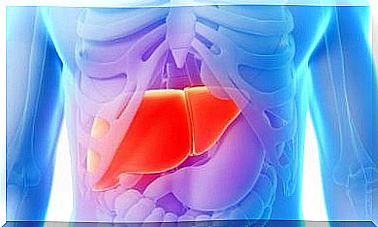4 Common Cerebrovascular Diseases
Have regular check-ups so that it doesn’t get that far!

Cerebrovascular disease (CVD) affects the blood vessels in the brain and can be very serious. That is why it is important to spot signs early to avoid serious consequences.
The risk of cerebrovascular diseases is increased by diabetes, high blood pressure, stress or tobacco consumption. However, proper precautions can prevent serious consequences.
In some cases, however, despite healthy lifestyle habits and regardless of age, a fatal clinical picture can occur.
In any case, the right preventive care and early diagnosis are important, because this can save lives.
In today’s article, you will learn about 4 common cerebrovascular diseases.
4 common cerebrovascular diseases
Circulatory disorders can lead to various clinical pictures, whereby a distinction must be made between ischemia (insufficient supply or lack of blood flow in an organ or tissue) and hemorrhage (leakage of blood from a blood vessel).
Ischemic diseases are the most common, such as arteriosclerosis. One of the reasons for this is an increased cholesterol level, which leads to narrowed and inflamed blood vessels.
This prevents blood from circulating in the brain or other parts of the body, which can lead to memory problems, dementia, or a stroke.
Prevention is the best medicine: healthy lifestyle habits, exercise and a balanced diet are essential!

1. The cerebral vein thrombosis
It is an ischemic disease in which blood clots form in one of the larger veins in the brain. It is a rare disease.
Before a stroke occurs, the following signs are usually noticeable:
- Numbness of one side of the face or body
- Intense headache
- Difficulty expressing and understanding
- Severe dizziness and balance problems when walking
- Visual disturbances
2 The brain embolism

This is a cerebrovascular disease in which there is an embolic occlusion of a blood vessel and as a result ischemic damage.
An embolus (plug) is an endogenous or foreign object that leads to the sudden closure of a blood vessel. In contrast to a blood clot, an embolism does not occur at the place of origin of the embolus.
The symptoms for this disease are very similar to those of thrombosis: numbness, difficulty expressing yourself, etc.
If the disease is detected early, it can be treated with the drug TPA (Tissue Polypeptide Antigen). This renders the embolus harmless and the chances of survival are very high.
3. Cerebral or intracerebral bleeding
This is a hemorrhagic disease. Venous or arterial bleeding within the skull can have various causes, for example high blood pressure, often in combination with hardening of the arteries.
When the vessel walls lose their elasticity, a blood vessel in the brain can burst, leading to a stroke from cerebral haemorrhage.
- The hemorrhagic cerebral infarction can disrupt the functions of the affected brain area, the brain tissue sometimes dies.
4. Subarachnoid hemorrhage

Subarachnoid hemorrhage is often caused by high blood pressure, so it is very important to control it. It is an arterial hemorrhage in the subarachnoid space, often caused by an intracranial aneurysm.
It is a common emergency. Prompt treatment can save lives, so knowing the symptoms is important:
- Difficulty concentrating
- increased sensitivity to light
- Irritability, mood swings, change in personality
- Pain in the neck and shoulders
- Nausea and dizziness
- Seizures
In particular, if you briefly lose your eyesight, see bright light or optical illusions, you should react immediately.
The right preventive care and the fastest possible treatment in emergencies can save lives!
Images kindly provided by © wikiHow.com









